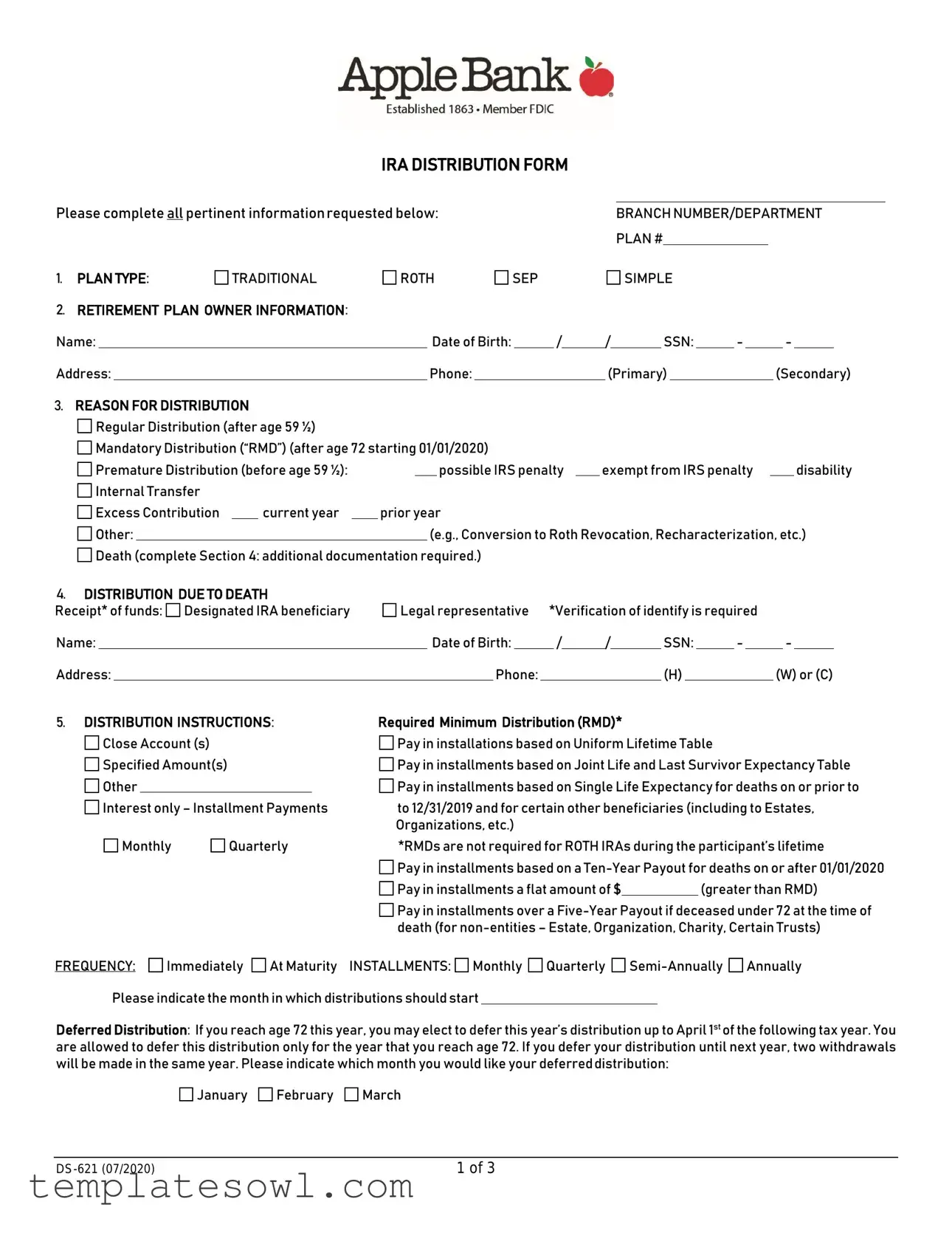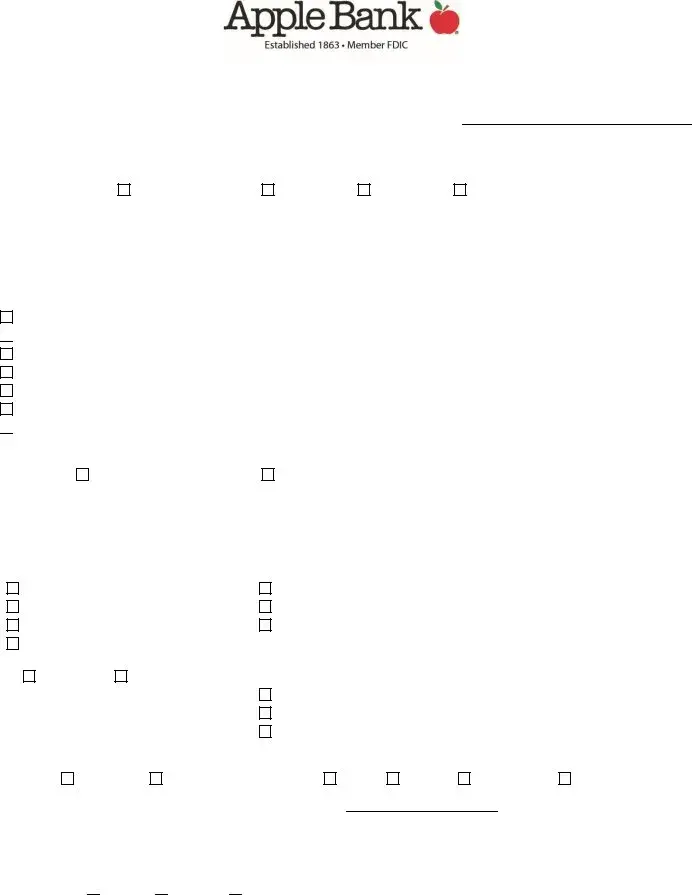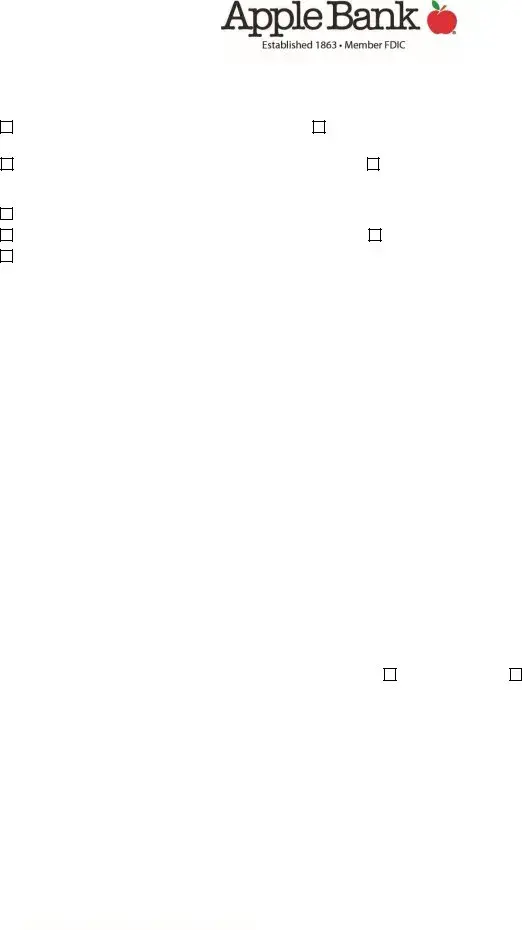Filling out the DS-621 form can be a straightforward process, but mistakes can lead to unnecessary delays and complications. Here are ten common errors to be aware of:
First, failing to provide complete information is a frequent oversight. Each section of the form requires specific details. Leaving any part blank, such as the Branch Number or Plan Type, can cause processing delays. Double-check that every section is filled out completely.
Second, using incorrect codes or details can lead to confusion. Ensure that the type of retirement plan chosen matches the account you are accessing. Mistakes in choosing Traditional, Roth, SEP, or SIMPLE can hinder your distribution and cause administrative headaches.
Third, many individuals forget to include their Social Security Number. This crucial piece of information is often overlooked but is necessary to verify identity and compliance. Always double-check that it is included and correct.
Fourth, it is common for people to misuse the distribution reasons. Selecting “Premature Distribution” when it is not applicable, or not understanding the criteria for each reason, can cause issues. Read the options carefully and ensure the reason you select accurately reflects your situation.
Fifth, individuals often neglect to specify the method of payment. Whether choosing between a check or ACH transfer, be clear on your preferred method. Leaving this blank can result in the default payment being processed, which might not be ideal for your needs.
Sixth, not selecting federal income tax withholding options is another mistake. Understanding the implications of withholding taxes can help avoid surprises during tax season. If you do not choose, the form requires automatic withholding at a default rate.
Seventh, when dealing with distributions due to death, it’s crucial to provide accurate beneficiary information, including name, date of birth, and Social Security Number. Incomplete information here can result in beneficiaries facing delays in receipt of funds.
Eighth, many forget to check their distribution frequency options. Whether you prefer annual, quarterly, or monthly distributions, selecting a frequency ensures funds are distributed as planned. Without it, distributions may occur in a manner that may not be convenient or beneficial for you.
Ninth, failing to provide proper identification documentation in certain cases can halt the process. When distributions are due to death, additional paperwork is often necessary. Ensure you include all required documents to avoid any delays.
Lastly, individuals sometimes sign the form without reading all terms carefully. It’s essential to understand what you are agreeing to, especially concerning penalties for early withdrawal and the tax implications. Taking a moment to read can save complications later.
By avoiding these common errors, individuals can help ensure a smoother experience with the DS-621 form. Careful attention to detail is key in successfully completing your distribution request.



 Mandatory Distribution (“RMD”) (after age 72 starting 01/01/2020)
Mandatory Distribution (“RMD”) (after age 72 starting 01/01/2020)
 Death (complete Section 4: additional documentation required.)
Death (complete Section 4: additional documentation required.)
 January
January  February
February 
 March
March
